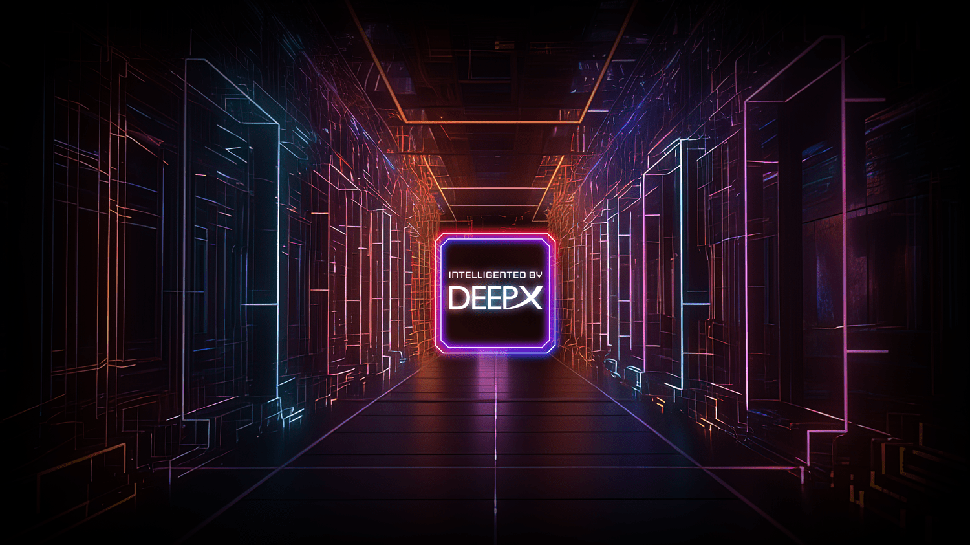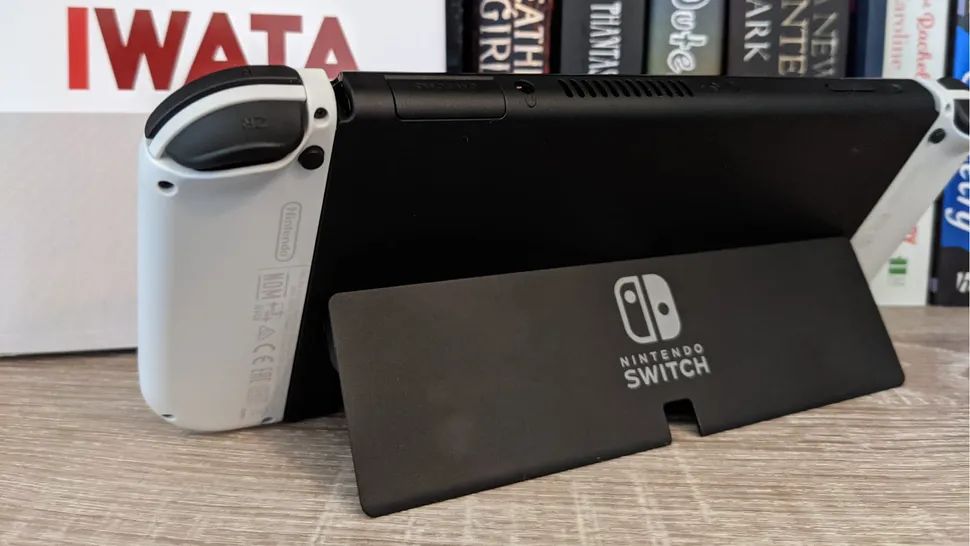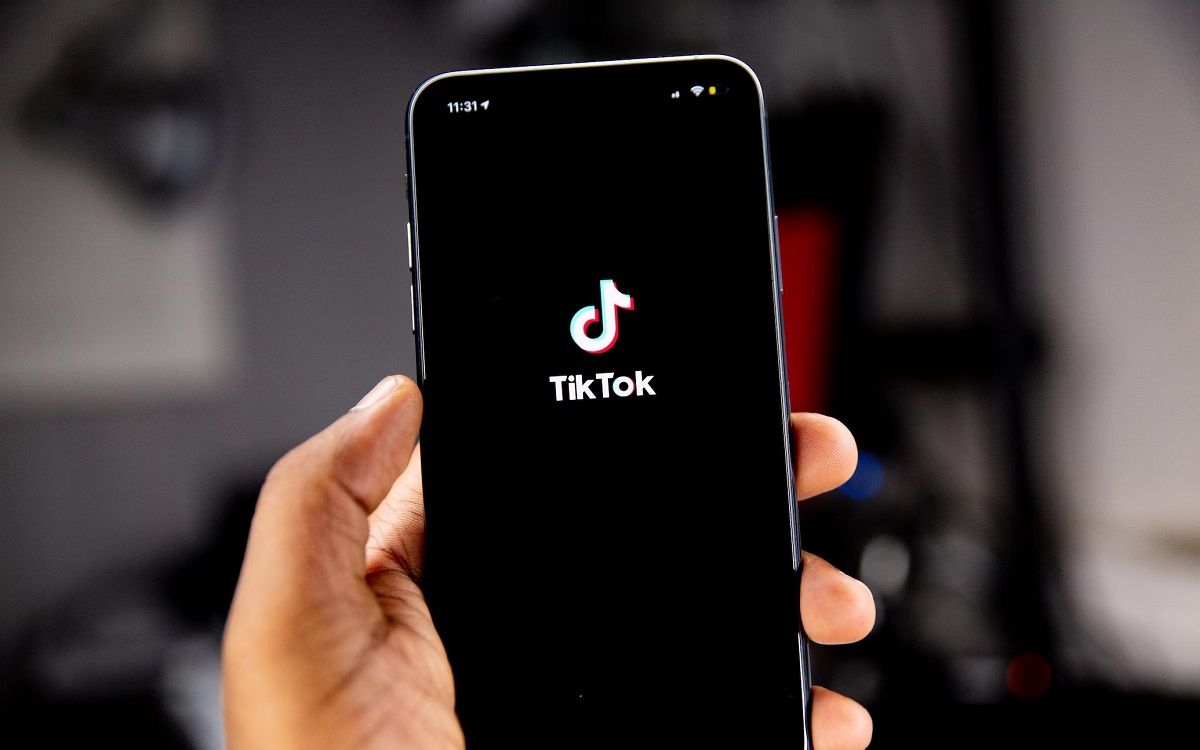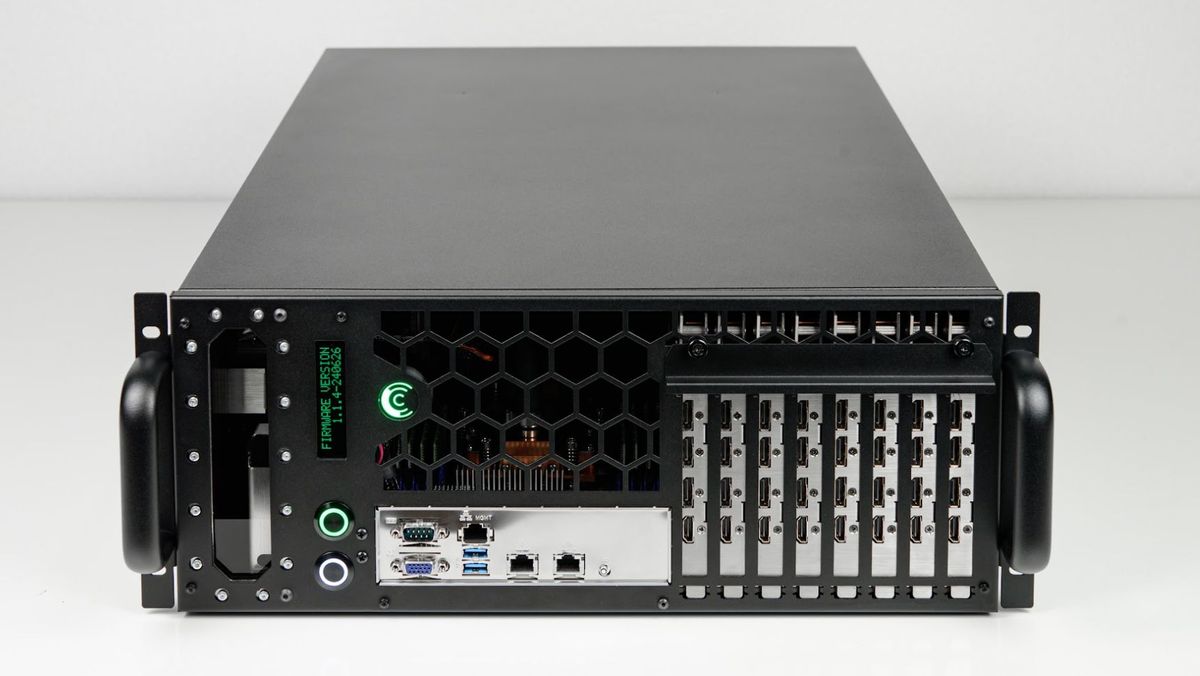DeepX is a South Korean AI technology company that specializes in deep learning solutions in industries such as autonomous systems, robotics, and healthcare. At the recent Embedded Vision Summit 2024, DeepX showcased its first-generation chips, the V1 and M1, designed for different applications, and hinted at its upcoming next-generation AI-focused chip for applications in autonomous devices and robots.
The V1 SoC (previously called L1) features the DeepX 5-TOPS NPU paired with quad-RISC-V CPU and a 12MP image signal processor. This sub-$10 SoC is built on Samsung’s 28nm process and runs YOLO v7 at 30fps while consuming just 1-2 watts. It supports the latest CNN algorithms for computer vision and is designed for products such as IP and CCTV cameras, robotic cameras, and drones.
The M1 is a larger accelerator built to run on a host CPU. It reportedly achieves the highest cost efficiency (inference/$), power efficiency (TOPS/W), and throughput efficiency (FPS/TOPS). The AI performance is 25 TOPS and consumes 5 watts. It is suitable for use in industrial and consumer robots, machine vision, IPC and HPC requiring AI, smart factories, and edge computing.
Partnership with LG
DeepX CEO Lokwon Kim told Sally Ward-Foxton from US Times that the company is collaborating with LG to port LLM to the DeepX chip for use in mobile devices, automobiles and home appliances.[AI in the device] “It really makes sense for their LLM business model, which is why we are collaborating,” Kim said. “They are providing their LLM technology so that we can learn about the characteristics of the model and optimize it for on-device applications.” The result will be an NPU chip optimized to run LLM on-device, but initially, it will function solely as an accelerator. It is expected to take another 3 to 5 years to develop a fully LLM-capable SoC.
The next chip on DeepX’s roadmap is the V3, developed in response to feedback from Chinese and Taiwanese customers. The V3 will reportedly feature a 15 TOPS dual-core DeepX NPU with quad-core Arm Cortex A52 CPU cores and will run under 5 watts on average. “We were previously using a RISC-V CPU, but customers wanted to have Arm,” Kim told Ward-Foxton. “That’s why we targeted a quad-core Arm there. Customers also wanted USB 3.1, a more powerful ISP, not an NPU upgrade. That’s why we redesigned it.”
As US Times He explains: “Customers wanted Arm CPUs in part because the Arm ecosystem can provide better security solutions – many customers are building security camera systems. Other customers want to run the robot operating system, which is now supported on Arm, although it has not yet reached RISC-V.”
DeepX says it will continue to offer the RISC-V-based V1 alongside the Arm-based V3 (samples expected in late 2024), and promises to support both architectures in the future.









